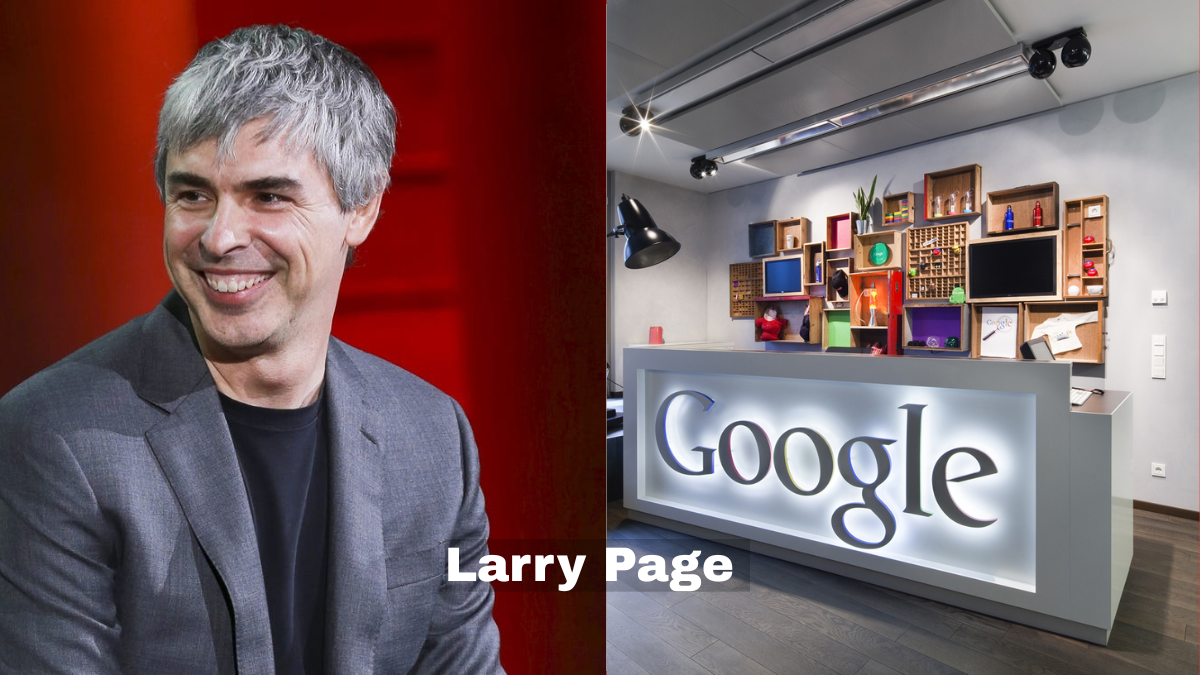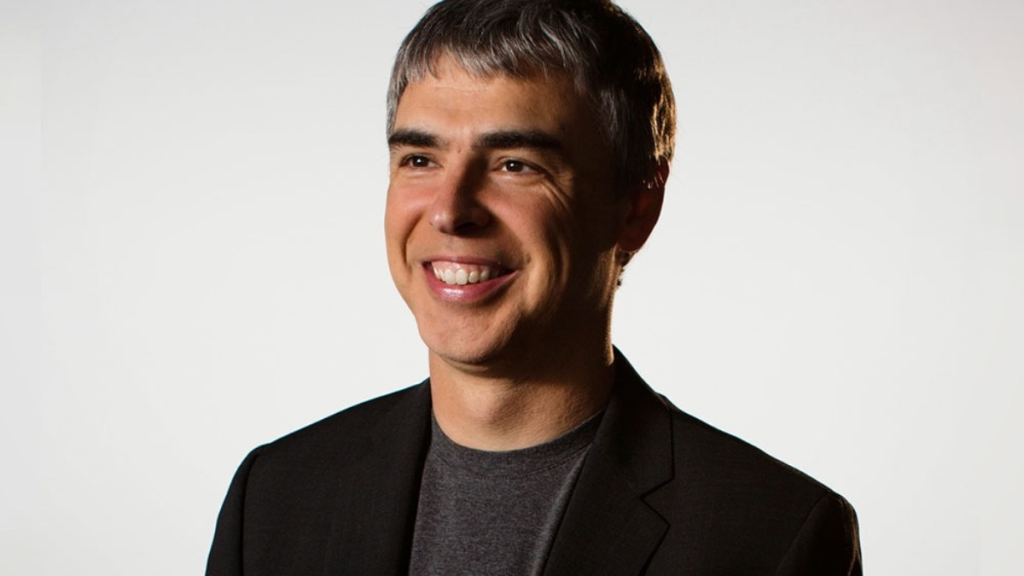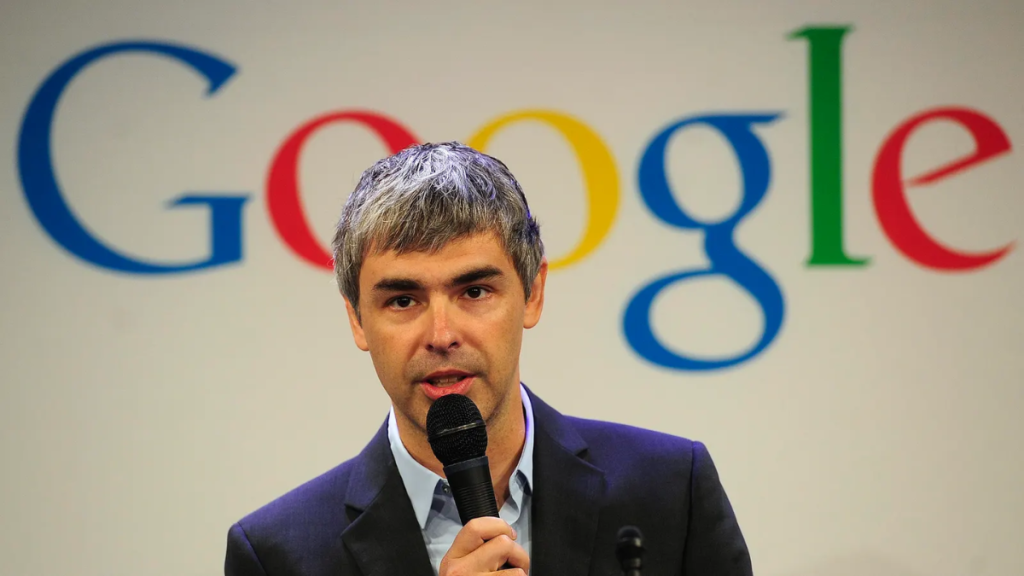
Advertisement
Larry Page, the brilliant mind behind the world’s most powerful search engine, was born into a world deeply rooted in science, logic, and innovation. Long before he changed the face of the internet, his childhood was shaped by a unique blend of academic excellence, creative curiosity, and early exposure to computers. Born on March 26, 1973, in East Lansing, Michigan, Larry wasn’t just raised in a typical American household—he was born into a family of thinkers, educators, and visionaries.
His father, Carl Victor Page Sr, was a pioneer in computer science and artificial intelligence and served as a professor at Michigan State University. His mother, Gloria Page, was an instructor in computer programming and a firm believer in the power of education. Surrounded by books, computers, and academic discussions, Larry’s home environment was like a mini tech incubator. His childhood wasn’t dominated by sports or video games but by scientific curiosity and the desire to build, create, and improve.
One of the most significant aspects of Larry’s early life was his access to technology at an age when most children were still figuring out basic electronics. By the time he was six, he had already developed a fascination with how machines work. He began dismantling gadgets just to understand their mechanics. This habit, which worried his parents at first, later became the foundation of his engineering mindset.
Page credits his Montessori education for nurturing his creativity and independence. Montessori schools encourage students to think differently, explore at their own pace, and engage in hands-on learning—all principles that would later become essential in Larry’s leadership style at Google. He often mentions that this unstructured learning method helped him question norms, think critically, and challenge conventions.
When it came time for formal education, Larry chose the University of Michigan for his undergraduate studies in computer engineering. There, he continued to challenge boundaries, even building an inkjet printer out of Lego bricks as a college project. Afterward, he enrolled at Stanford University for his PhD. It was at Stanford that Larry met Sergey Brin, and the two of them started working on the revolutionary idea of ranking web pages by importance using an algorithm. That idea became PageRank, the core of Google Search.
This journey from a curious child surrounded by books and floppy discs to a Stanford PhD candidate redefining how we access information is nothing short of extraordinary. Larry’s upbringing and education weren’t just a backdrop to his success—they were the blueprint. They show how a nurturing environment, early exposure to technology, and unconventional education methods can together build a game-changer.
10 Facts About Larry Page’s Early Life & Education
-
Born into a Tech-Savvy Family
Larry’s father was one of the earliest PhDs in computer science, and his mother was a programming instructor. Technology ran in the family. -
Montessori Education Sparked His Creativity
He attended a Montessori school, which encouraged curiosity, independence, and creative problem-solving skills that became fundamental to his entrepreneurial journey. -
First Computer at Age Six
Larry had his first computer (an HP 9830) at just six years old, sparking an early love for programming and technology. -
Avid Reader and Tinkerer
From a young age, he read voraciously and loved disassembling gadgets. He once said his house was “a mess of computers, science, and technology magazines.” -
Inspired by Nikola Tesla
Tesla’s mix of genius and struggle deeply influenced Larry. He often cites Tesla as a personal hero and motivation for his own innovations. -
Won State-Level Science Fair Competitions
Even in middle school, Larry was already standing out in science fairs with projects that were far more advanced than his peers. -
Bachelor’s Degree from the University of Michigan
He earned his BS in computer engineering, and during this time, he built an inkjet printer using Lego bricks—showcasing his hands-on innovation style. -
Participated in Leadership and Inventor Clubs
Larry actively joined organisations focused on entrepreneurship and innovation, foreshadowing his leadership in tech. -
Pursued PhD at Stanford University
His research at Stanford led to the birth of PageRank, the core idea behind Google’s revolutionary search algorithm. -
Met Sergey Brin at Stanford
The duo’s collaboration started as a research project and evolved into the creation of Google, officially launched in 1998.

10 Facts About How Larry Page Changed the Internet Forever
-
PageRank Algorithm Revolutionized Web Search
Larry’s PageRank concept ranked web pages based on the number and quality of links, prioritizing relevance and credibility over keyword stuffing. -
Google Started as a PhD Project at Stanford
Google was originally named “BackRub” and was part of Larry’s doctoral thesis focused on web structure analysis. -
Andy Bechtolsheim Wrote Google’s First Check
Impressed by a demo, the Sun co-founder wrote a $100,000 cheque before the company was even officially formed. -
Minimalist Homepage Was a Strategic Choice
Google’s iconic clean design emerged because neither Page nor Brin knew HTML well enough to create a flashy interface—simplicity became its strength. -
“Don’t Be Evil” Philosophy Influenced by Larry’s Ethical Vision
Although later dropped, this early motto embodied the duo’s desire to build a tech company with integrity and transparency. -
Google Handled 10,000 Searches a Day in 1999
By the end of its first year, Google was processing thousands of queries daily, soon becoming the most-used search engine in the world. -
Larry Focused on Speed from Day One
He obsessively optimised load times, believing a fast search engine would be more helpful and addictive to users. -
Google’s Name Originated from ‘Googol’
The name reflects the massive amount of data they hoped to organise—a googol equals 10¹⁰⁰. -
Rejected Multiple Buyout Offers
Larry and Sergey turned down offers from Yahoo! and Excite early on, staying true to their long-term vision. -
Set Up Googleplex as a Culture Hub
Larry insisted on a playful, open office culture with perks like free meals and creative freedom, attracting top talent worldwide.

5 Facts That Show How Larry Page Is Still Shaping the Future
-
Founded Alphabet Inc. to Incubate Moonshot Ideas
Larry restructured Google under Alphabet to support bold, high-risk projects like Waymo (self-driving cars) and Loon (balloon-powered internet). -
Invested in Flying Car Companies
He’s a major backer of Kitty Hawk and Opener, two companies developing electric vertical take-off and landing (eVTOL) aircraft for personal urban transportation. -
Pioneered Health-Focused Startups Like Calico and Verily
Through Alphabet’s subsidiaries, Larry supports research on anti-aging, genetic diseases, and AI-driven medical innovations. -
Supports Clean Energy and Climate Tech
Page has invested in clean energy projects and technology to reduce humanity’s carbon footprint, including sustainable battery systems and wind energy solutions. -
Private but Purposeful Philanthropist
Unlike other high-profile billionaires, Page prefers to donate without media attention—quietly supporting disaster relief, scientific research, and tech-driven education.
Larry Page may not be the loudest voice in the tech world, but his influence echoes louder than most. From co-creating Google and revolutionising how we access information to envisioning flying cars and investing in life-extension technologies, Page has always stayed a step ahead of the curve. What makes his story compelling isn’t just the innovation—it’s the intent behind it. His mission has always been to solve real-world problems with futuristic solutions.
